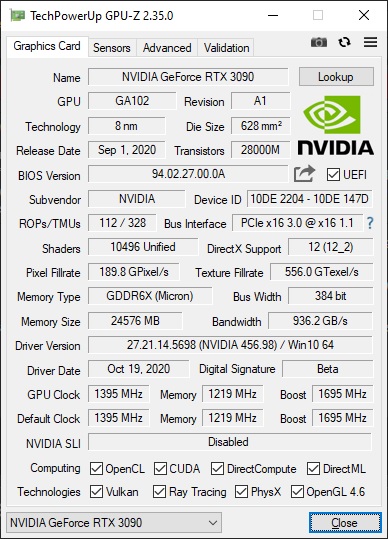chameleoneel
Supreme [H]ardness
- Joined
- Aug 15, 2005
- Messages
- 7,581
There were lots of RAM tests with skylake showing very tangible performance gains. Its why I still got a z170 board, even though my first Skylake was a dual core/4 thread i3 with locked cores.Faster RAM is faster, but I think the idea came from when Ryzen first launched. There was a much bigger delta on performance with the AMD platform.
I think as the AM4 architecture matured, I'm not sure how true that is anymore. But it was true at one point.
I dunno. But Intel likes fast RAM too!
![[H]ard|Forum](/styles/hardforum/xenforo/logo_dark.png)
